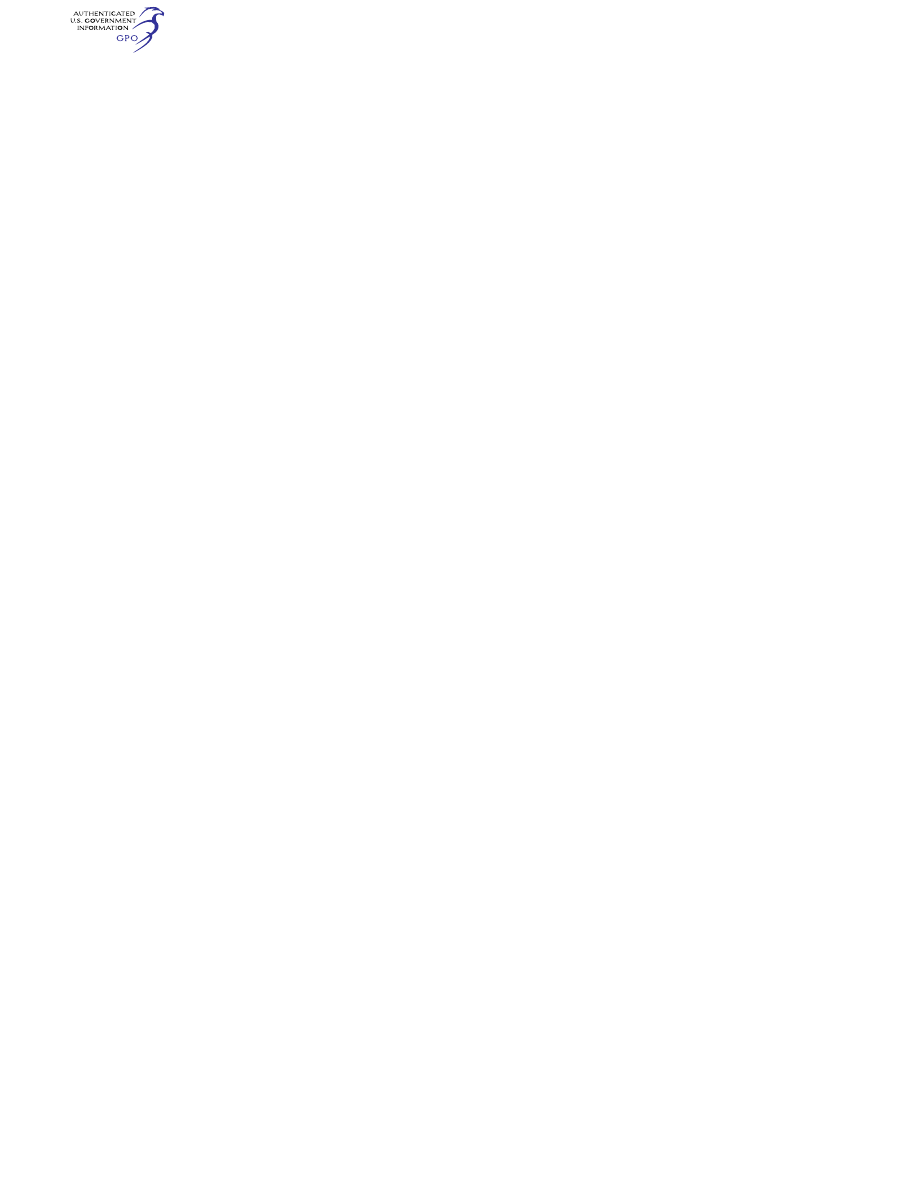
266
14 CFR Ch. I (1–1–24 Edition)
§ 25.623
may be reduced when an approved qual-
ity control procedure is established.
[Doc. No. 5066, 29 FR 18291, Dec. 24, 1964, as
amended by Amdt. 25–139, 79 FR 59429, Oct. 2,
2014]
§ 25.623
Bearing factors.
(a) Except as provided in paragraph
(b) of this section, each part that has
clearance (free fit), and that is subject
to pounding or vibration, must have a
bearing factor large enough to provide
for the effects of normal relative mo-
tion.
(b) No bearing factor need be used for
a part for which any larger special fac-
tor is prescribed.
§ 25.625
Fitting factors.
For each fitting (a part or terminal
used to join one structural member to
another), the following apply:
(a) For each fitting whose strength is
not proven by limit and ultimate load
tests in which actual stress conditions
are simulated in the fitting and sur-
rounding structures, a fitting factor of
at least 1.15 must be applied to each
part of—
(1) The fitting;
(2) The means of attachment; and
(3) The bearing on the joined mem-
bers.
(b) No fitting factor need be used—
(1) For joints made under approved
practices and based on comprehensive
test data (such as continuous joints in
metal plating, welded joints, and scarf
joints in wood); or
(2) With respect to any bearing sur-
face for which a larger special factor is
used.
(c) For each integral fitting, the part
must be treated as a fitting up to the
point at which the section properties
become typical of the member.
(d) For each seat, berth, safety belt,
and harness, the fitting factor specified
in § 25.785(f)(3) applies.
[Doc. No. 5066, 29 FR 18291, Dec. 24, 1964, as
amended by Amdt. 25–23, 35 FR 5674, Apr. 8,
1970; Amdt. 25–72, 55 FR 29776, July 20, 1990]
§ 25.629
Aeroelastic stability require-
ments.
(a)
General. The aeroelastic stability
evaluations required under this section
include flutter, divergence, control re-
versal and any undue loss of stability
and control as a result of structural de-
formation. The aeroelastic evaluation
must include whirl modes associated
with any propeller or rotating device
that contributes significant dynamic
forces. Compliance with this section
must be shown by analyses, wind tun-
nel tests, ground vibration tests, flight
tests, or other means found necessary
by the Administrator.
(b)
Aeroelastic stability envelopes. The
airplane must be designed to be free
from aeroelastic instability for all con-
figurations and design conditions with-
in the aeroelastic stability envelopes
as follows:
(1) For normal conditions without
failures, malfunctions, or adverse con-
ditions, all combinations of altitudes
and speeds encompassed by the V
D
/M
D
versus altitude envelope enlarged at all
points by an increase of 15 percent in
equivalent airspeed at both constant
Mach number and constant altitude. In
addition, a proper margin of stability
must exist at all speeds up to V
D
/M
D
and, there must be no large and rapid
reduction in stability as V
D
/M
D
is ap-
proached. The enlarged envelope may
be limited to Mach 1.0 when M
D
is less
than 1.0 at all design altitudes, and
(2) For the conditions described in
§ 25.629(d) below, for all approved alti-
tudes, any airspeed up to the greater
airspeed defined by;
(i) The V
D
/M
D
envelope determined by
§ 25.335(b); or,
(ii) An altitude-airspeed envelope de-
fined by a 15 percent increase in equiv-
alent airspeed above V
C
at constant al-
titude, from sea level to the altitude of
the intersection of 1.15 V
C
with the ex-
tension of the constant cruise Mach
number line, M
C
, then a linear vari-
ation in equivalent airspeed to M
C
+ .05
at the altitude of the lowest V
C
/M
C
intersection; then, at higher altitudes,
up to the maximum flight altitude, the
boundary defined by a .05 Mach in-
crease in M
C
at constant altitude.
(c)
Balance weights. If concentrated
balance weights are used, their effec-
tiveness and strength, including sup-
porting structure, must be substan-
tiated.
(d)
Failures, malfunctions, and adverse
conditions. The failures, malfunctions,
and adverse conditions which must be
VerDate Sep<11>2014
09:06 Jun 28, 2024
Jkt 262046
PO 00000
Frm 00276
Fmt 8010
Sfmt 8010
Y:\SGML\262046.XXX
262046
jspears on DSK121TN23PROD with CFR
